Elephant hawk-moth on foxglove flower
© David Chapman/Alam
Stealthy pollinator. National Moth Week
How come bees and butterflies get all the pollinator credit? Moths may not be as buzzy or flashy, but they get the job done, too. Cue National Moth Week, which starts today. Whether you generally swat at moths with a rolled-up newspaper or drape them in a towel to release outside, there's a place for you in Moth Week. You can join enthusiastic 'moth-ers' around the world to observe and document our flying friends and to help us understand more about them.
You'll probably find out that most moths have featherlike antennae, whereas butterflies have ball- or club-shaped growths at the tips of their antennae. Of course, since most moths are nocturnal, you may want to leave a light on outside to see them. The elephant hawk-moth in our photo will always see you, regardless of the available light. Not only does it have super-sensitive eyesight, it can see in color—in fact, scientists say it was one of the first species they could prove had nocturnal color vision. We were fascinated to discover one reason for the elephant hawk-moth's great eyesight: It uses a lot of energy flapping its wings to hover and feed from flowers, so it has to be efficient when looking for its next floral feast. Nature—what a problem-solver!
Related Images
Bing Today Images





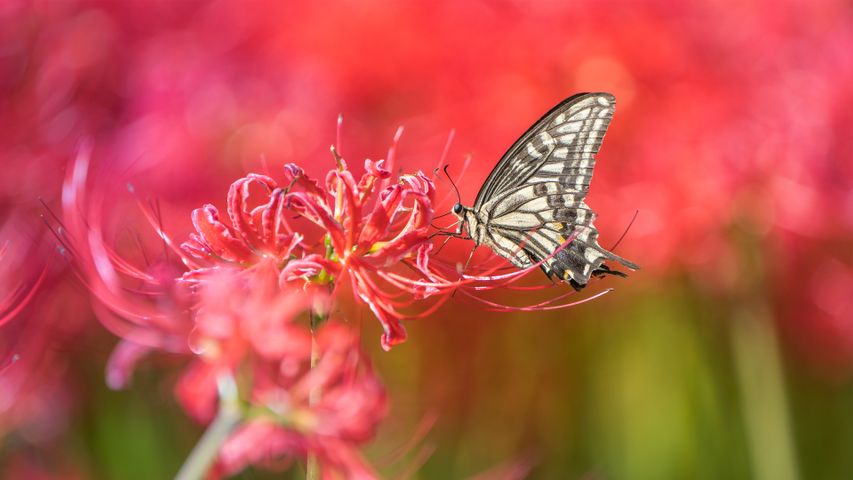 Asian swallowtail butterfly on a red spider lily
Asian swallowtail butterfly on a red spider lily
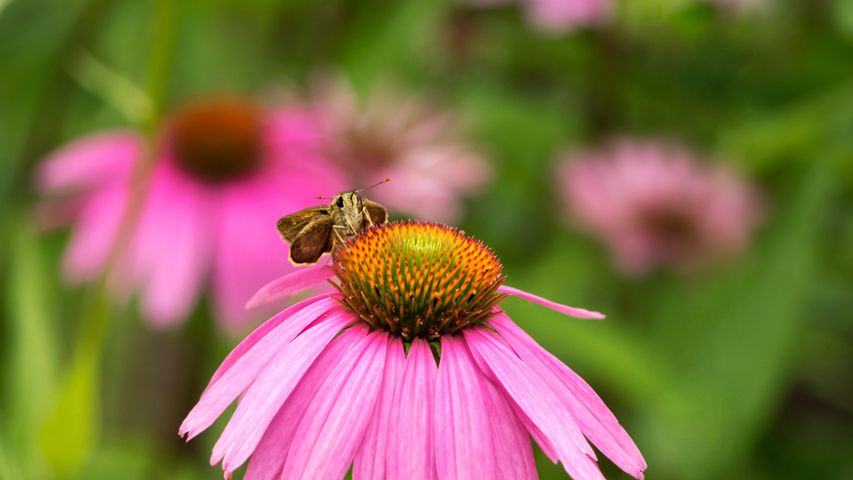 Skipper butterfly on a coneflower, Rockefeller State Park Preserve, New York
Skipper butterfly on a coneflower, Rockefeller State Park Preserve, New York
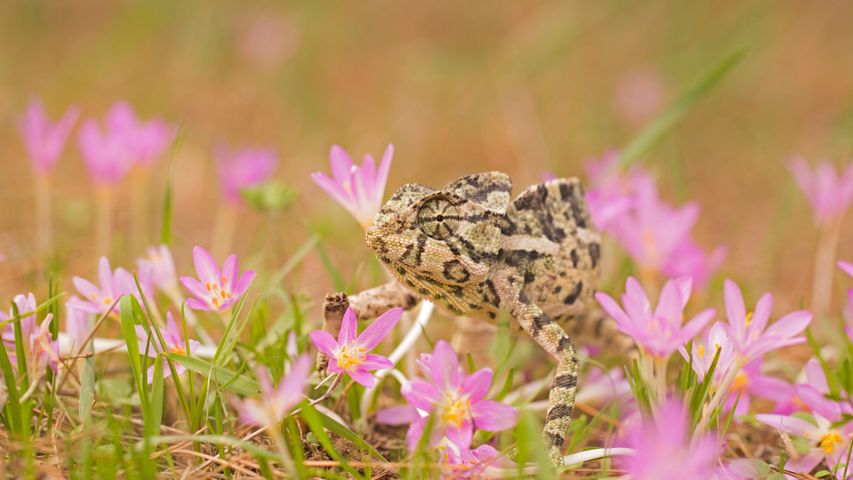 Common chameleon
Common chameleon
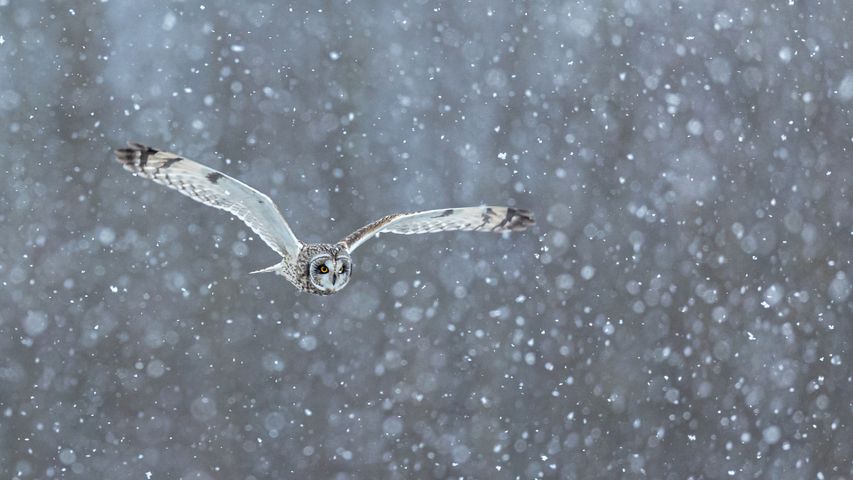 Short-eared owl hunting in heavy snow
Short-eared owl hunting in heavy snow
 Monarch butterflies feeding from wildflowers
Monarch butterflies feeding from wildflowers
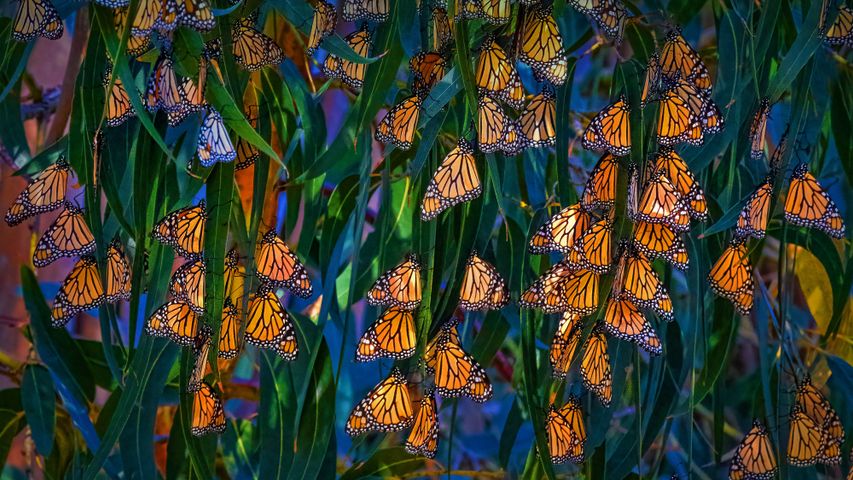 Monarch butterflies at Pismo Beach, California
Monarch butterflies at Pismo Beach, California
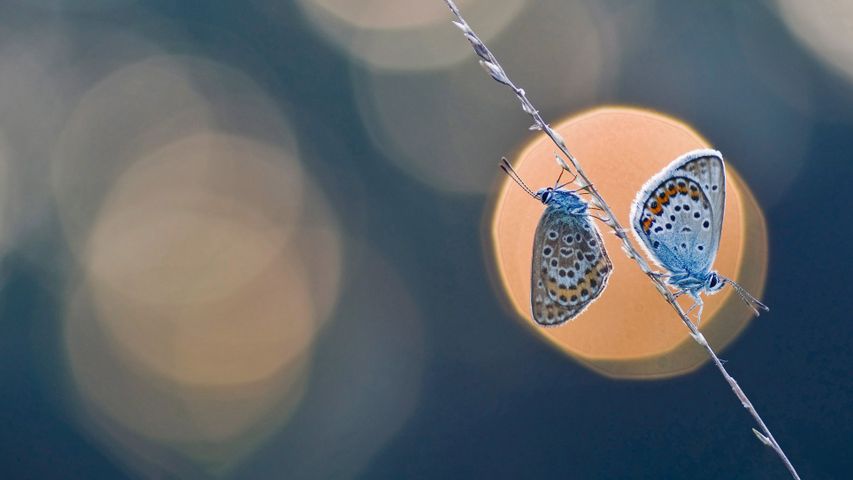 A pair of silver-studded blue butterflies
A pair of silver-studded blue butterflies
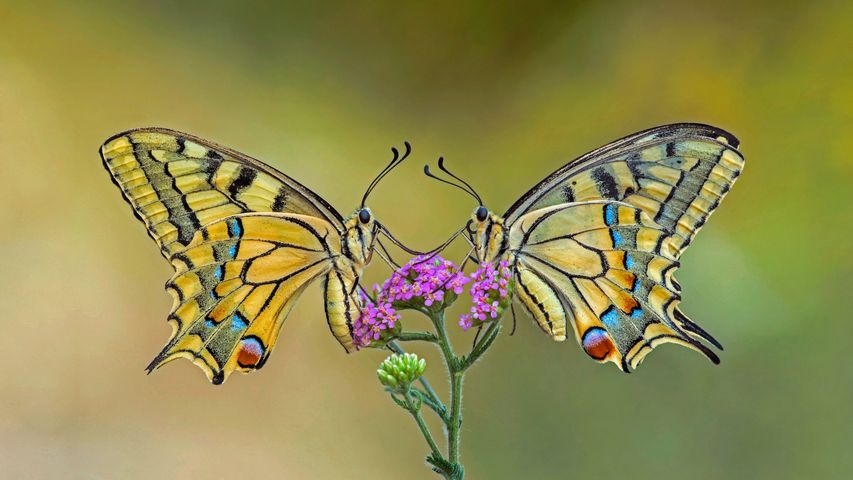 Old World swallowtail butterflies on a flower
Old World swallowtail butterflies on a flower
